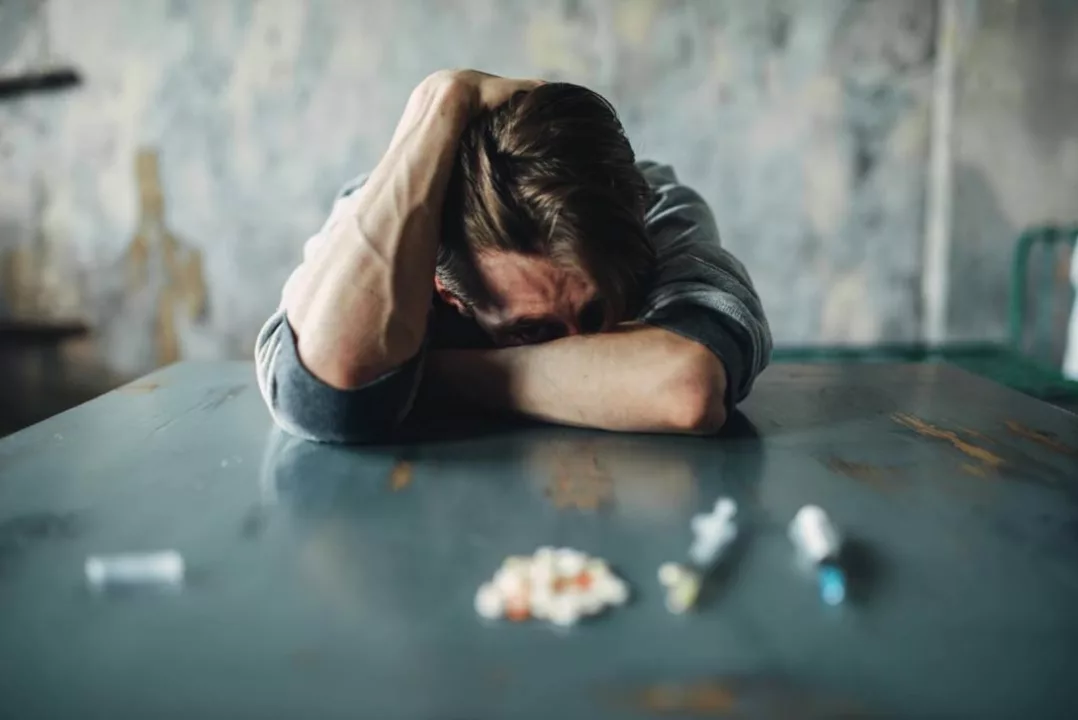Withdrawal: Recognize It Fast and Act Smart
Stopping a drug suddenly can hit your body harder than you expect. Some withdrawals are just uncomfortable; others can be dangerous. This page gives plain, practical info on common withdrawal types, when to call a doctor, and simple steps you can take right now.
Common withdrawal types and what they feel like
Alcohol: Symptoms can start within hours and get worse over 24–72 hours. Watch for shaking, confusion, fast heartbeat, and high fever. Severe alcohol withdrawal can cause seizures or delirium tremens, which needs emergency care.
Opioids (like oxycodone, morphine): Symptoms often begin 8–24 hours after the last dose. Expect muscle aches, sweating, yawning, runny nose, nausea, and strong cravings. Opioid withdrawal is intensely uncomfortable but usually not life-threatening; still, medical support makes it safer and easier.
Benzodiazepines (like diazepam, lorazepam): Stopping these suddenly can cause anxiety spikes, insomnia, tremors, and in severe cases, seizures. A gradual taper supervised by a prescriber is often the safest route.
Nicotine: Cravings, irritability, trouble concentrating, and increased appetite typically show up within hours. Symptoms peak in the first week and ease over a few weeks for most people.
Antidepressants/SSRIs: Some people get dizziness, flu-like symptoms, electric-shock sensations, or mood changes when a dose is missed or stopped too fast. Tapering helps reduce these effects.
What to do now: practical, safe steps
Don’t stop on your own if the medication has high-risk withdrawal (alcohol, benzodiazepines, some prescription opioids). Call your prescriber or local pharmacy and ask for a taper plan. Tapering means slowly lowering the dose so your body adapts.
Get medical support when symptoms are severe: sudden confusion, seizures, chest pain, trouble breathing, very high fever, or severe dehydration need urgent care. If you feel dangerously unwell, go to the ER.
Use simple symptom tools: stay hydrated, rest, use over-the-counter meds for fever or pain (ask a pharmacist about safe options), and keep a calm environment to ease anxiety or insomnia. A friend or family member can help watch for dangerous signs.
Consider approved medication help: for opioid withdrawal, options include buprenorphine, methadone, or short-term symptomatic meds under medical supervision. For alcohol, doctors may use specific meds and monitoring. Your prescriber or pharmacist can explain what fits your case.
Find support: counseling, peer groups, and phone lines can make a big difference. Small steps—regular meals, light walks, and short breathing exercises—help your body cope day to day.
If you want reliable drug guides or need to contact a pharmacist, CanadaPharmacyDepot.com offers easy-to-read medication pages and contact help. If anything feels off, get medical help rather than waiting it out.
Trospium Withdrawal: What to Expect and How to Cope
As a blogger who has researched Trospium withdrawal, I can tell you that it can be a challenging process for some. This medication, used to treat overactive bladder symptoms, may cause withdrawal symptoms such as increased urgency, frequency, and incontinence when discontinued. To cope with these symptoms, it's essential to gradually taper off the medication under a doctor's supervision. Additionally, practicing bladder training techniques and staying well-hydrated can help manage the withdrawal symptoms. Remember, it's always important to consult with your healthcare provider before making any changes to your medication routine.
More
